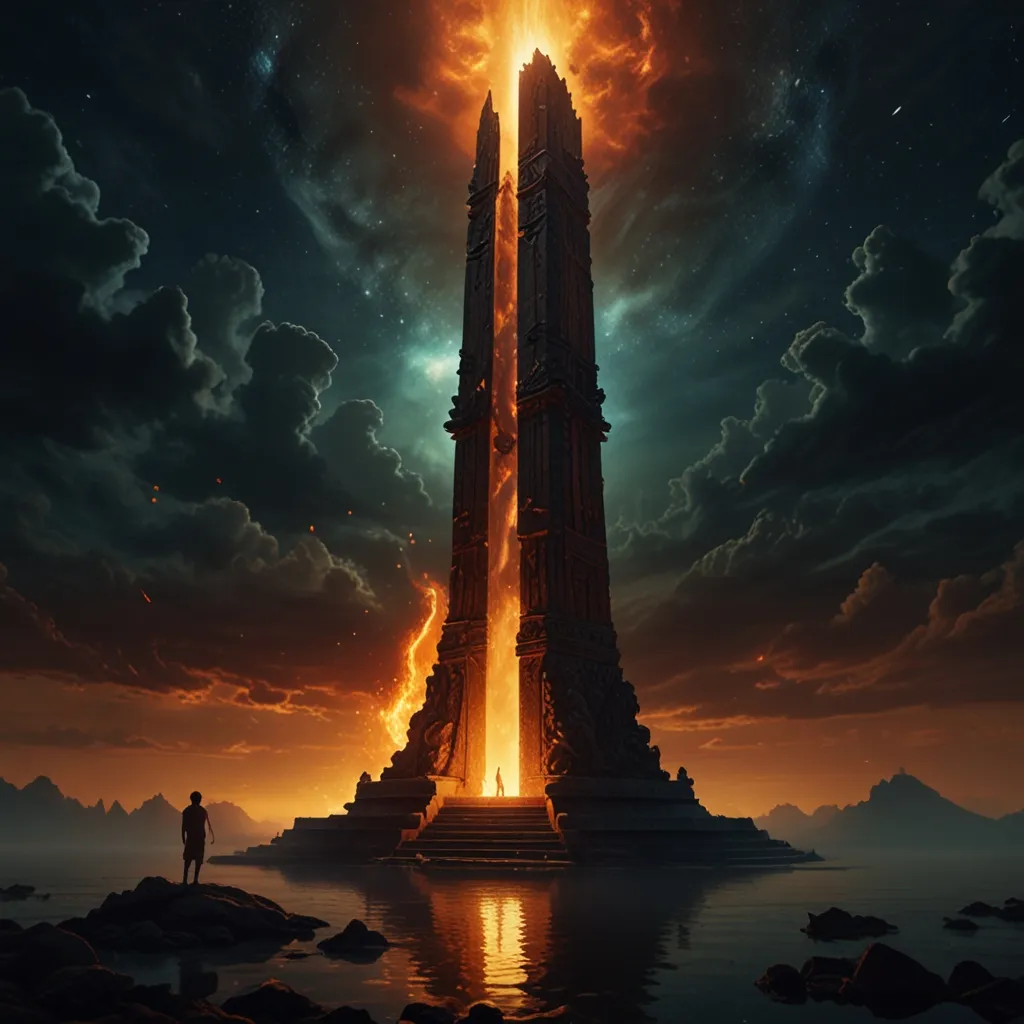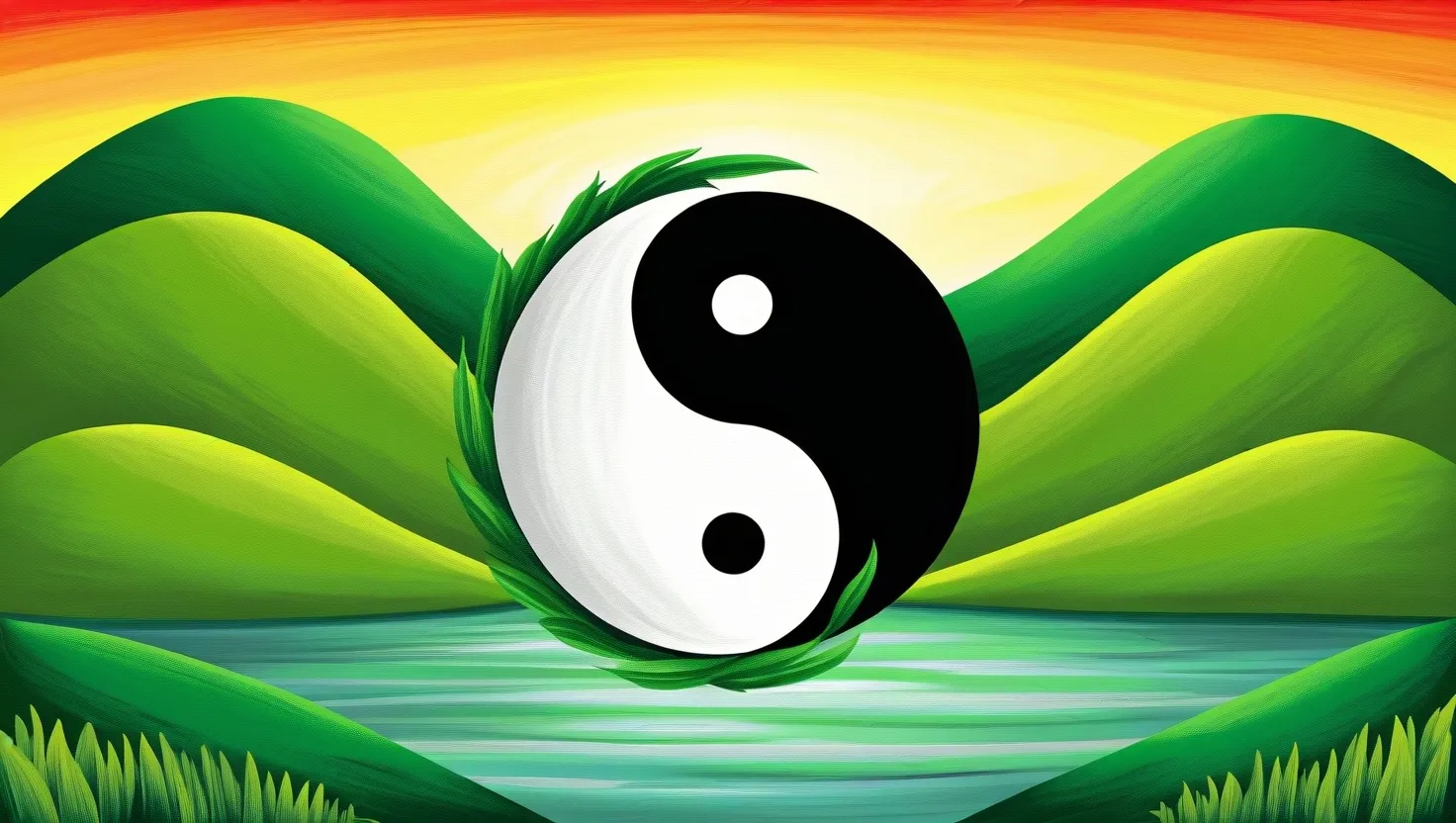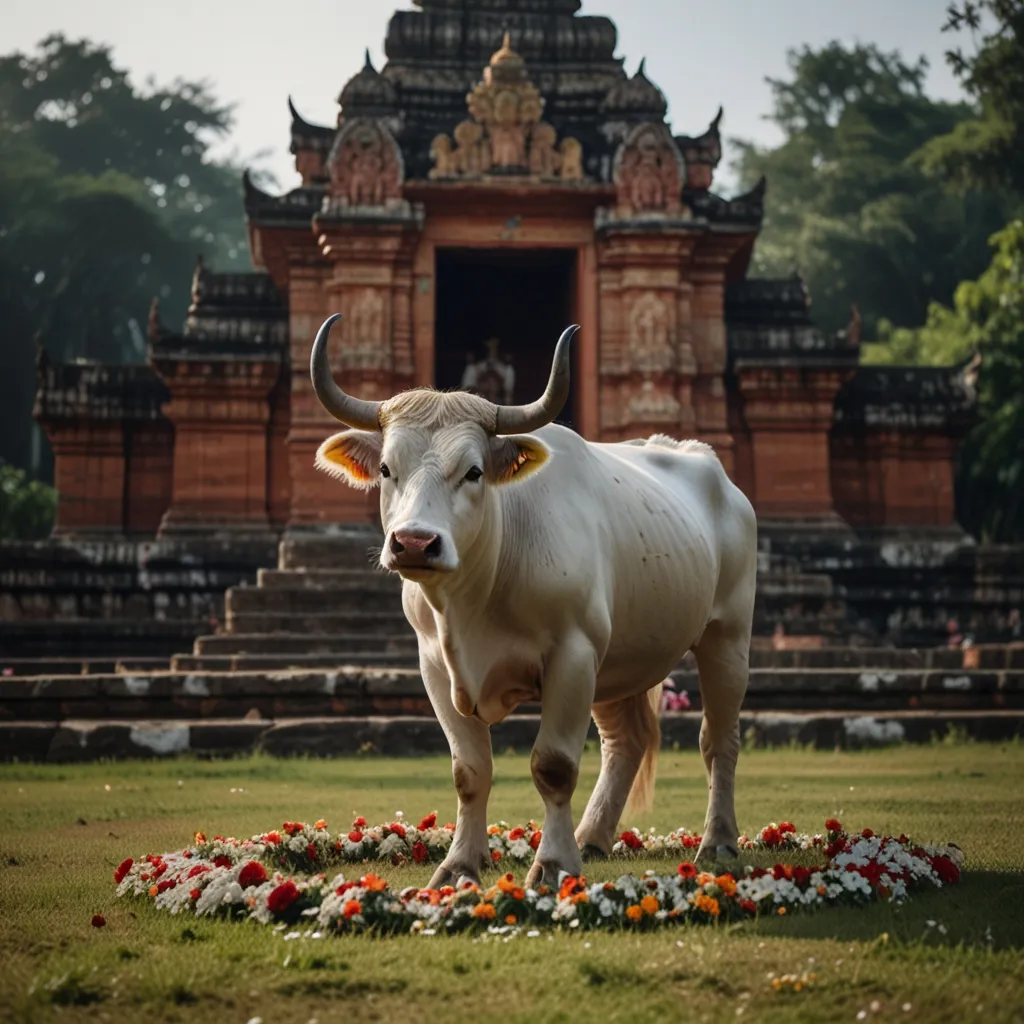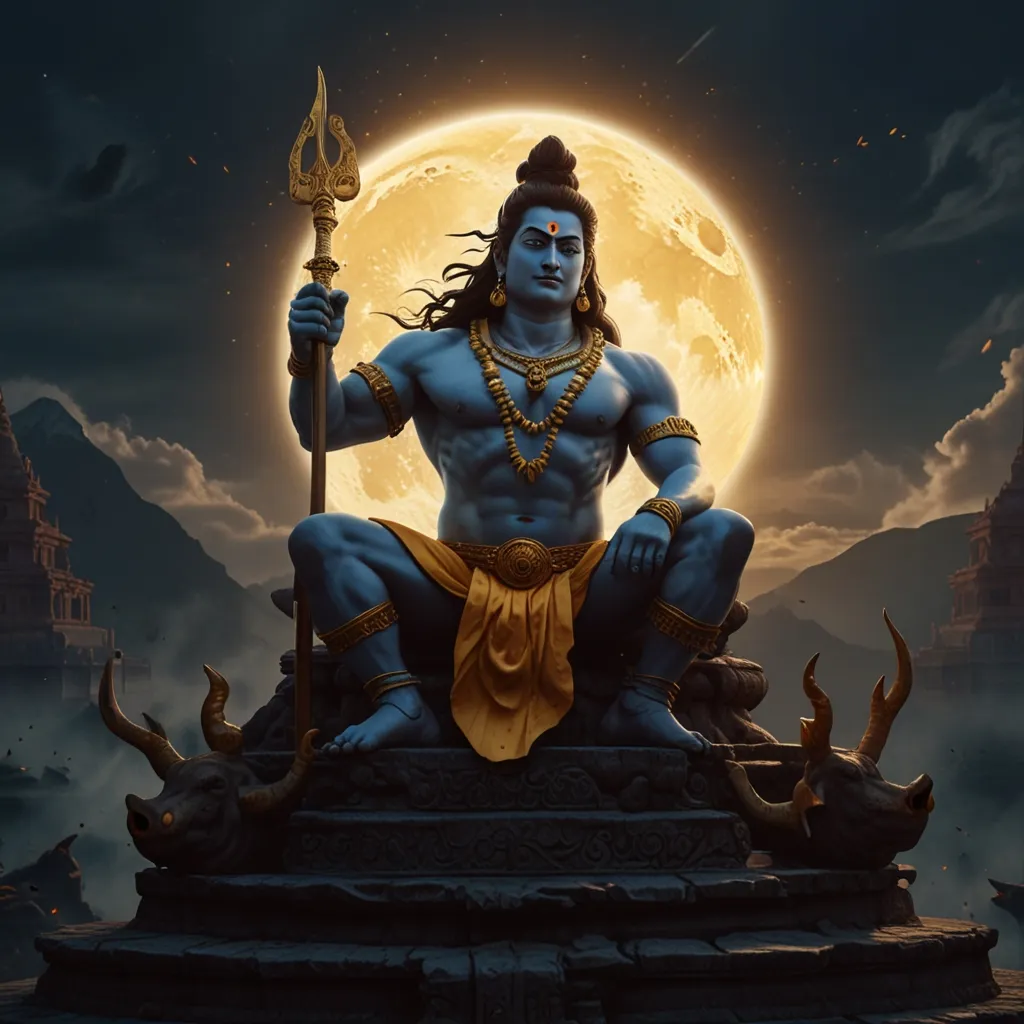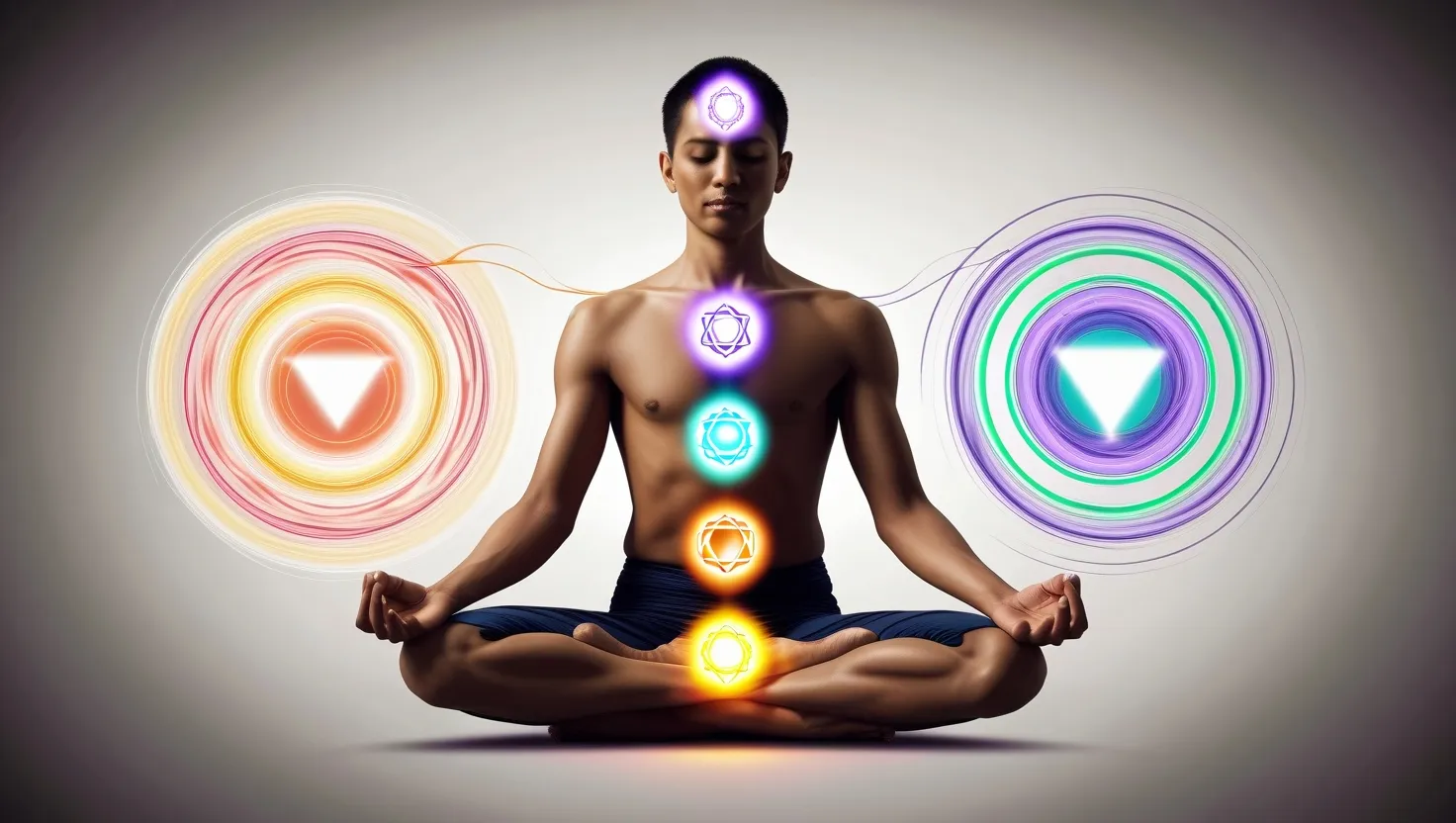In the heart of Hindu mythology, there’s this really cool story about a big fallout between Shiva and Brahma, the creator god. It’s a tale that sheds light on the quirky relationships between the gods while diving into deeper ideas about creation, destruction, and the balance of life.
So, picture this: Brahma and Vishnu, two major deities, found themselves in a heated debate over who’s the top dog. Things got pretty ugly, and their argument turned into an epic battle that caught the attention of all the other gods. This never-ending brawl had everyone worried it would tear the universe apart.
Desperate to fix things, the gods turned to Shiva, the destroyer god. Can you imagine him chilling in meditation, then pretending not to know about the chaos? Classic. Once he got the scoop, he sent his gang, the Ganas, to calm things down, but no dice.
Shiva decided to step in himself. He appeared as a ginormous pillar of fire stretching from heaven to the underworld. Brahma and Vishnu were baffled and took it as a challenge to find the pillar’s ends to prove their strength. Vishnu became a boar, digging deep into the underworld. Despite his efforts, he had to admit defeat. Brahma, turning into a swan, flew upwards and stumbled upon a Ketaki flower, who was totally clueless about the pillar’s origin.
Being cheeky, Brahma convinced the flower to lie, claiming he saw the top of the pillar. Vishnu bought it, but Shiva knew better. Furious, Shiva cursed Brahma, declaring he’d never be worshipped and would forever have just four heads. Brahma pleaded for mercy, and Shiva, being a bit of a softie underneath it all, allowed him to preside over sacrificial rituals. However, he banned the Ketaki flower from being used in worship.
This curse is why Brahma doesn’t get much worship today and is often depicted as an old dude with four heads. But don’t think Brahma’s temples are non-existent. The Pushkar temple in Rajasthan, perched by a serene lake, and a couple of others in Madhya Pradesh and Kerala, still hold his legacy.
The myth of Shiva’s curse isn’t just an old story. It’s a metaphor highlighting life’s balance of creation and destruction. Shiva’s job of breaking down old things to make way for new ones is crucial. Brahma’s creative spark turns the mundane into the extraordinary, and this divine tag team keeps the universe evolving.
Shiva’s third eye symbolizes seeing beyond the ordinary into realms of endless possibilities, allowing him to clear away the outdated for fresh growth. This tale teaches humility and honesty, showing that life’s continuous cycle of birth and rebirth keeps things dynamic and ever-changing.
In the end, the story of Shiva’s curse on Brahma is a rich blend of myth and philosophy. It’s a timeless reminder of life’s balance and the dual roles of creation and destruction, crucial for constant transformation. This ancient narrative continues to be a source of inspiration and wisdom, offering valuable insights for navigating our world.
